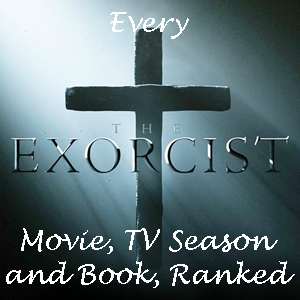On Oct. 6, the “Exorcist” franchise will return in a big way for the 50th anniversary legacy sequel “The Exorcist: Believer.” It comes from the guy behind the “Halloween” 40th anniversary trilogy, so we can expect fidelity to what makes the original great. And it finds Ellen Burstyn returning to one of her great roles – overwhelmed mother Chris MacNeil – for the first time. (Somehow, she dodged both the first sequel and the follow-up TV series.)
I trust director/co-writer David Gordon Green to get the flavor right, but actually reaching the high bar set by the 1973 film is likely impossible. Many of the follow-ups are outstanding, too – even if they aren’t acknowledged as much as William Friedkin’s film that had some viewers leaving the theater or fainting. Here’s my stab at shedding light on those less-heralded follow-ups, with my rankings of the “Exorcist” movies, books and TV seasons, from worst to best. (Click on each title for a full review.)
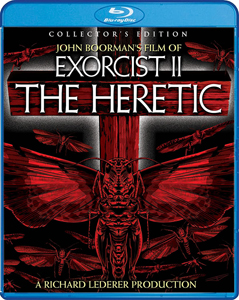
9. “Exorcist II: The Heretic”
1977, movie
This cash-in sequel from writer William Goodhart and director John Boorman has redeeming values … on the surface. It’s the only follow-up with Linda Blair, and it’s nice to see Regan growing up and moving past her possession experience. The fact that her actress mom is off-screen was odd at the time, but the “Exorcist” TV series later made use of this to play up the resentment between daughter and mother. And the rooftop with dangerous gaps in the ledge is evocative (probably by accident). And that’s the end of the list. “The Heretic” – which does not feature a heretic – is boring rather than scary as it focuses on medical-lab psychological experiments. The final conflict makes no logical sense, as Regan is supposedly in danger yet is obviously not possessed; the demon’s expanded sound-and-light-show powers are never explained.
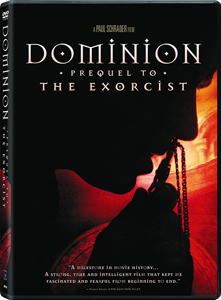
8. “Dominion: Prequel to The Exorcist”
2005, movie
This is the first-made, second-released and second-best of the two alternate versions of the “Exorcist” prequel, telling of Father Merrin’s (Stellan Skarsgaard) first encounter with the demon Pazuzu. For continuity buffs, this version explains the demon’s second set of powers as seen in “Exorcist II.” Set in the Iraqi desert in 1947, director Paul Schrader nominally gives us daylight horror – except the horror part isn’t there. The film is hampered by cheap CGI — as the studio didn’t want to spend much money to finish this alternate version – but some blame must go to the director, who fails to create a mood. “Dominion” tries for an “Indiana Jones” vibe of digging into the distant past from the recent past, but everything looks too clean; little effort is put into creating a Forties flavor.

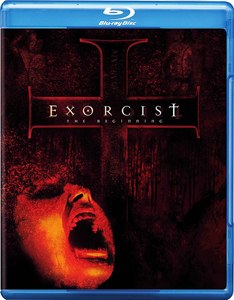
7. “Exorcist: The Beginning”
2004, movie
It’s unfashionable to side with the studio in these debates, but it must be said that “The Beginning” – from director-for-hire Renny Harlin and script doctor Alexi Hawley — is a more enjoyable horror film than Schrader’s dully meditative version. Hawley adds new characters with dark secrets and the finale is grander, although it creates a situation wherein Merrin (still Skarsgaard) has encountered Pazuzu so many times that it’s almost funny. If you watch this after “Dominion,” it’s fun to see how Harlin makes use of already-filmed moments – and to generally see how scares and mood can be added to something that’s initially bland.
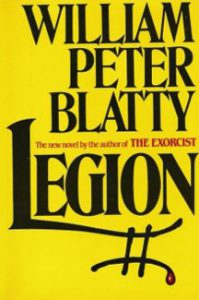
6. “Legion”
1983, William Peter Blatty novel
While not as rich and multi-layered as “The Exorcist,” the author’s sequel will appeal to those who enjoy philosophizing about the Big Questions. Although the MacNeils are set aside, it has a great lead character in Kinderman, as atypical of a police detective as you’ll find in terms of personality. He loves watching and discussing movies – even cajoling underlings into joining him – especially with his friend Father Dyer. Blatty himself was religious yet not above questioning the details. Like Philip K. Dick in his later works, he uses the novel form to explore theories about the true nature of God, using Kinderman and Dyer (each from a different branch of Christianity) as sounding boards for each other. Yet Kinderman is also good at his job, so even though the serial-killer mystery is surprisingly backgrounded, it’s not unsatisfying.
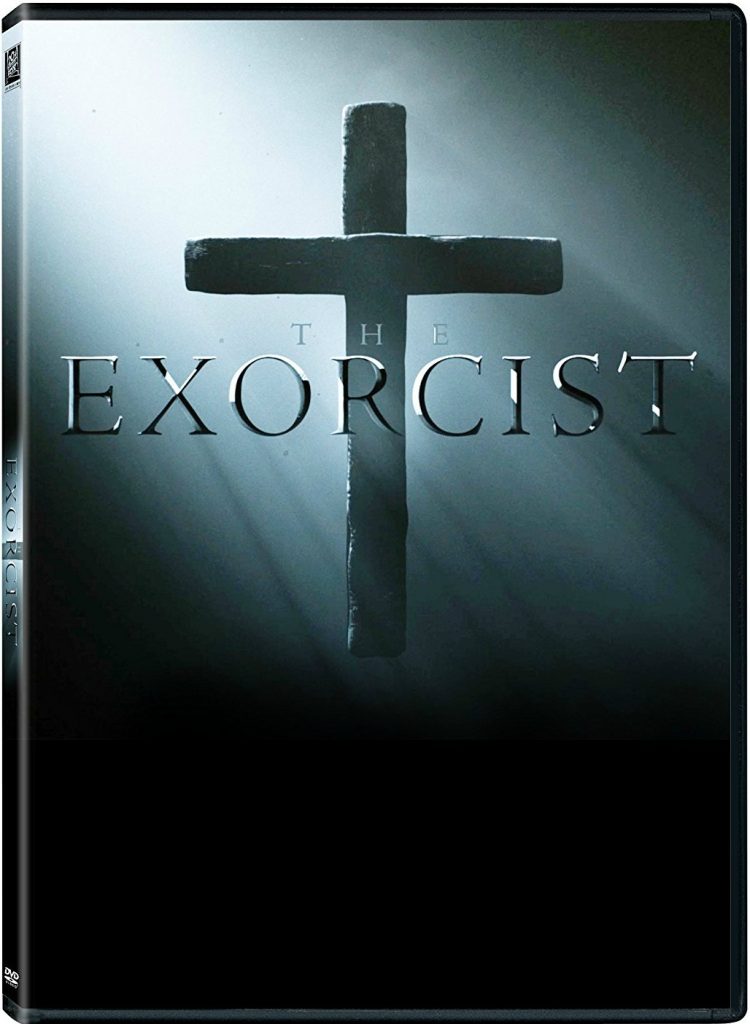
5. “The Exorcist” Season 1
2016, 10-episode TV season, Fox
The most unsung among the triple-threat of 2010s TV revisits of horror classics (with “Bates Motel” and “Hannibal”), this one is actually the freshest, because it’s a sequel rather than a remake. Bursting with the mood we expect from the franchise, Jeremy Slater’s Vancouver-shot series balances the expected (interplay between an older and younger priest) with the unexpected. A big twist about the possessed girl’s identity (Hannah Kasulka and Brianne Howey are both excellent as the sisters) comes at the end of the pilot episode, and by the conclusion of the 10 episodes (which feature veteran stars Geena Davis and Alan Ruck as the parents), we’ve gotten an even bigger surprise about how everything ties in with the MacNeil family drama.
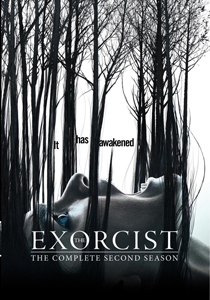
4. “The Exorcist” Season 2
2017, 10-episode TV season, Fox
The second season (a nice bonus gift from Fox, in a way, since Season 1 was low-rated) maintains continuity as the two priests continue to investigate possible possessions. For the main plot, though, we trade out the MacNeil saga for a brand-new makeshift family – and it’s actually a good choice. John Cho totally breaks free of his “American Pie” MILF-guy stereotype to play a warm-hearted patriarch of a family of adoptees who might have a demon among them. Brianna Hildebrand (“Deadpool 2”) is particularly good as Verity, but all of the kids and teens stand out with their traits and troubles. If you liked Mike Flanagan’s teen boarding-house series “The Midnight Club” (2022), you might find “Exorcist” Season 2 to be a notch better.
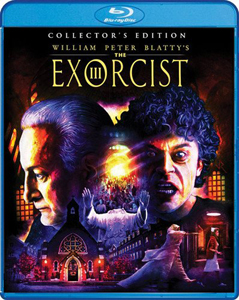
3. “The Exorcist III”
1990, movie
Blatty is arguably the greatest director to helm only two films (the other is 1980’s well-regarded “Ninth Configuration”). This is most evidenced in his crafting of perhaps the greatest slow-burn jump scare in film history, the artfulness of which has been dissected by many horror scholars. Overall, Blatty creates a hardboiled vibe while telling the story of a weird string of serial killings presided over by bedraggled yet philosophical detective Kinderman (George C. Scott). Kinderman (briefly introduced in the original) and a surprise return by the deceased (or is he?) Father Karras (Jason Miller) link this “Legion” novel adaptation to the original film. You don’t need to watch “Exorcist II” (and shouldn’t, unless you’re a completist). The studio-mandated exorcism conclusion hampers this film only slightly, as Brad Dourif is so good as the imprisoned killer that I forgive the bombastic nature of this thread.
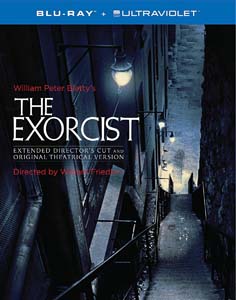
2. “The Exorcist” (film)
1973, movie
Director William Friedkin’s masterpiece popularized and codified the exorcism subgenre of horror yet hasn’t been topped. From a script by novel author Blatty, the film is colder, with underappreciated chills coming from the medical tests done on Regan (a game 13-year-old Blair). It’s somewhat controversial, but I recommend the 2000 cut, as Regan’s creepy-as-hell spider walk provides an important early shock, and I actually don’t mind the evilly grinning Pazuzu mugs snuck into random frames. The most famous moments are of Regan (Blair, along with a stuntwoman) fully possessed, as indicated by hideous makeup, vomiting, thrashing and filthy language. Yes, the visual is slightly silly now that it’s been parodied so many times (including by Blair in “Repossessed”) – but still as effective as it needs to be to cap a fatalistic yet hopeful slow-burn religious thriller.
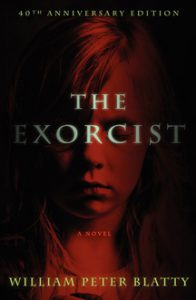
1. “The Exorcist” (book)
1971, William Peter Blatty novel
The movie deserves credit for its execution of the material, but it all originates with Blatty’s novel, a moving exploration of two priests’ struggles with their faith (and I say that as an atheist reader) and a mother’s desperate love for her daughter. I recommend the 40th anniversary edition, wherein Blatty gets to flesh out many scenes after the original version was rushed to print. The author creates a mood; I love the foreboding nature of a three-story house overlooking a neighboring Washington, D.C., block accessible via steep stairs. Then he infuses the story with warm conversations over tea and sandwiches. Young Regan gradually gets worse, but the story is evocatively detailed – and played out by exquisite supporting characters (note how the household helpers get arcs). As such, the medical mystery and religious mystery are engrossing even if you’ve seen the film.

